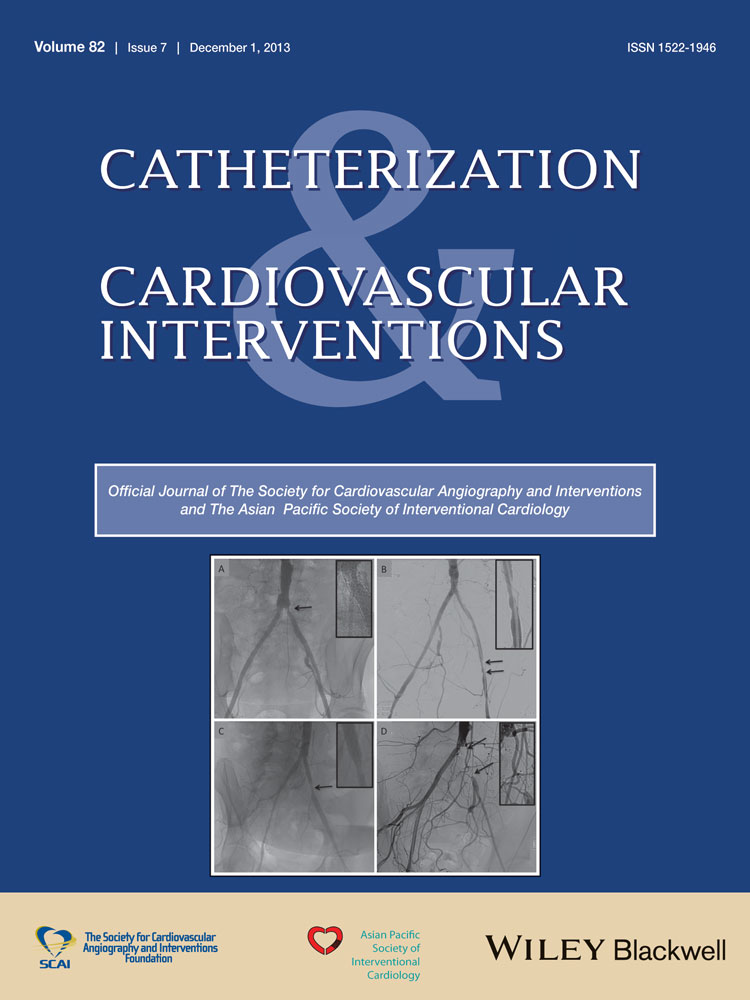Procedural success and long-term outcomes of aspiration thrombectomy for the treatment of stent thrombosis
Disclosures: Dr. Low is on the advisory board of Abbott Vascular and Boston Scientific. Dr. Rogers is a consultant for Volcano, Medtronic, and Boston Scientific. Dr. Mahmud is on the Speakers Bureau for Medtronic and Eli Lilly, is a consultant for Eli Lilly and has research support from Boston Scientific, Abbott Vascular, Accumetrics and Sanofi Aventis. Dr. Shunk receives institutional research support from Abbott Vascular, Gilead, InfraRedx, and Siemens Medical Systems. The other authors report no disclosures.
Conflict of interest: Nothing to report.
Abstract
Background
Stent thrombosis (ST) is associated with a significant burden of coronary thrombus and potential microvascular obstruction. Aspiration thrombectomy may decrease the extent of microvascular obstruction in patients with acute myocardial infarction but its role in the treatment of ST is uncertain. The present study sought to evaluate the association between aspiration thrombectomy, procedural success and long-term outcomes among patients presenting with ST.
Methods
In a multicenter cohort of patients with definite ST, procedural success, long-term mortality, and major adverse cardiovascular events (death, stroke, re-infarction, revascularization) were ascertained. Propensity weighting was used to determine the association between aspiration thrombectomy and long-term outcomes.
Results
A total of 205 patients with ST were identified. Among these, 115 (56%) patients underwent adjunctive aspiration thrombectomy during percutaneous coronary intervention. Patients undergoing aspiration thrombectomy were more likely to present with ST-elevation myocardial infarction (75% vs. 52%, P < 0.003) and require hemodynamic support (19% vs. 10%, P = 0.07). Aspiration thrombectomy was associated with improved procedural outcomes including postprocedural TIMI 3 flow, resulting in higher angiographic and procedural success (each 96% vs. 83%, P < 0.001). Despite improved angiographic outcomes, the use of aspiration thrombectomy was not associated with a difference in long-term mortality (adjusted HR 0.99, 95% CI 0.44–2.24) or major adverse cardiovascular events (adjusted HR 1.06, 95% CI 0.45–2.48).
Conclusions
Aspiration thrombectomy is associated with improved coronary flow and procedural success but is not associated with improved long-term outcomes among patients undergoing percutaneous intervention for definite ST.
Clinical Trial Registration: NCT00931502 (http://www.clinicaltrials.gov/ct2/show/NCT00931502) © 2013 Wiley Periodicals, Inc.




